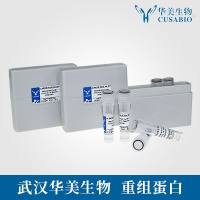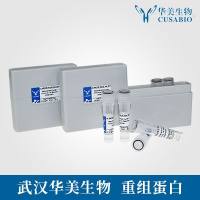Electrophoretic Analysis of Yeast Proteins
互联网
互联网
相关产品推荐

anti-Nuclear Pore Complex Proteins/Nup107
¥1180

软骨素酶AC 来源于肝素黄杆菌,9047-57-8,重组, expressed in <i>E. coli</i>,≥200 units/mg protein, For Chondroitin Sulfate Analysis,阿拉丁
¥7138.90

Trimethyl-Histone H3 (Lys9) Peptide, biotin conjugate,Histones are basic nuclear proteins that are responsible for the nucleosome structure of the chromosomal fiber in eukaryotes.,阿拉丁
¥3058.90

yscM/yscM蛋白/Low calcium response locus protein Q蛋白/Recombinant Yersinia pseudotuberculosis serotype I Yop proteins translocation protein M (yscM)重组蛋白
¥69

Recombinant-Saccharomyces-cerevisiae-Golgi-to-ER-traffic-protein-2GET2Golgi to ER traffic protein 2 Alternative name(s): Guided entry of tail-anchored proteins 2 Hydroxyurea resistance protein 2 Required for meiotic nuclear division protein 7
¥11312
相关问答

